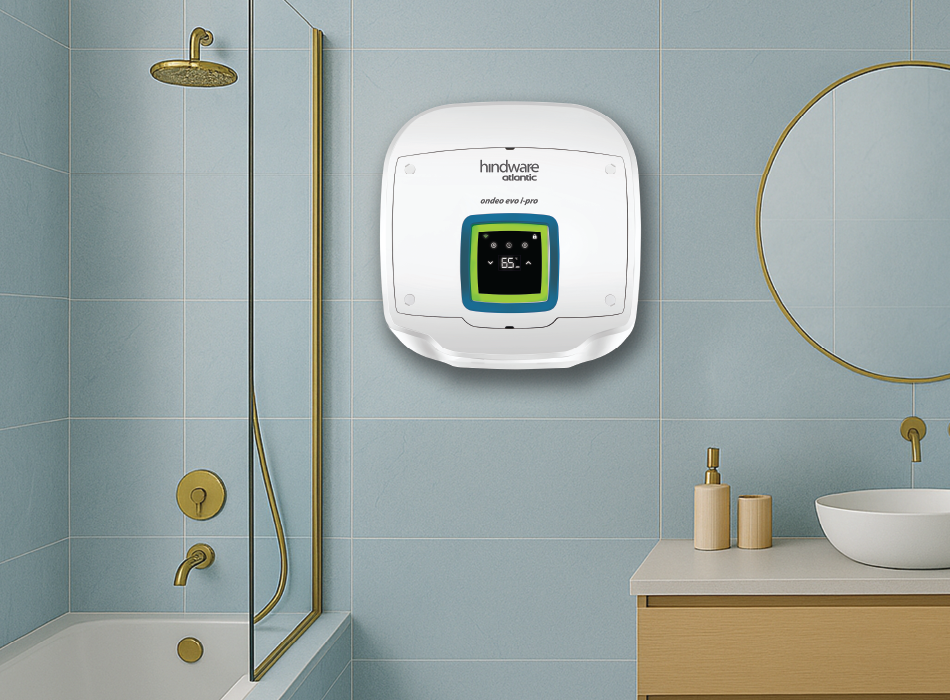
In Pakistan, especially during winter, an electric geyser feels less like an appliance and more like a blessing. But just like any other machine, a geyser needs care to perform well. If you’ve noticed slower heating, higher electricity bills, or rusty water, it’s probably time for maintenance.
The good news? You don’t always need a technician. With simple habits and occasional checks, you can increase your geyser’s efficiency and extend its life — saving money in the long run.
Whether you’re using a storage electric geyser, instant geyser, or hybrid system, this guide will show you how to maintain it the right way.
Why Electric Geyser Maintenance Is Important in Pakistan
Most people only call a technician when their geyser stops working. But regular maintenance provides several benefits:
- Faster Heating — No more waiting forever for hot water
- Lower Electricity Bills — A clean geyser consumes less power
- Longer Appliance Life — Avoid costly replacements
- Cleaner Water Output — Prevents rust and sediment buildup
- Safety Assurance — Minimizes chances of short circuits or pressure buildup
Now, let’s break down exactly how often you should maintain your geyser and what tasks are necessary.
How Often Should You Service an Electric Geyser?
| Component | Maintenance Frequency |
| External Inspection | Every 1-2 Months |
| Water Tank Flushing | Every 6 Months |
| Heating Element Cleaning | Every 12 Months |
| Anode Rod Replacement | Every 1-2 Years |
These timelines may vary depending on your water quality. In cities like Lahore or Karachi, hard water leads to faster sediment buildup, so more frequent cleaning is recommended.
Step-by-Step Guide to Maintain Your Electric Geyser
Let’s walk through the essential steps you can take at home to keep your geyser running smoothly.
1. Turn Off Electricity Before Any Maintenance
Always switch off the circuit breaker or unplug the geyser before touching any part of it. This is non-negotiable — safety comes first.
2. Check for Leaks and Rust
Look around:
- Any water around the base of your geyser?
- Signs of rust near the tank or pipes?
- Unusual noise while heating?
Early detection helps avoid major repairs.
3. Flush Out Sediments from the Tank (For Storage Geysers)
Over time, minerals and dirt from water settle inside the tank. This reduces heating efficiency and can damage the inner lining.
How to Flush?
- Turn off power and water supply.
- Connect a hosepipe to the drain valve at the bottom.
- Open the valve and let the water flow out into a bucket or drainage point.
- Once empty, close the valve and refill the tank.
Do this every 6 months for best results.
4. Inspect and Replace the Anode Rod
The anode rod prevents the tank from rusting. If it’s too corroded, your geyser will start rusting inside.
You may need a professional to check this annually, especially if you’ve been using the geyser for 2+ years.
5. Clean or Replace Heating Element
If your geyser takes longer than usual to heat water, the heating coil may be covered in limescale.
- Remove and clean it with vinegar or descaling solution, OR
- Replace it if it’s worn out.
6. Insulate Your Geyser for Better Efficiency
You can wrap insulation foam around the geyser tank and hot water pipes. This helps retain heat longer, reducing electricity usage.
7. Set a Moderate Temperature
Many people crank up the thermostat to maximum, thinking it will heat faster. In reality, it only wastes electricity.
Set your geyser thermostat between 50°C – 60°C, which is ideal for Pakistani households.
Electric Geyser Maintenance Checklist
Here’s a quick checklist you can print or save:
| Task | Frequency | |
| Turn off power before maintenance | Every time | |
| Inspect for leaks and rust | Monthly | |
| Flush tank to remove sediments | Every 6 months | |
| Clean or replace heating element | Yearly | |
| Check thermostat setting (50–60°C) | Monthly | |
| Insulate tank and hot water pipes | Optional | |
| Replace anode rod | Every 1-2 years |
Common Mistakes That Damage Your Electric Geyser
Avoid these habits to keep your geyser healthy:
❌ Leaving it ON all day
→ Leads to overheating and high electricity bills
❌ Ignoring noisy sounds
→ Hissing or popping noises indicate sediment buildup
❌ Using hard water without a filter
→ Install a pre-filter if your area has hard water
❌ Not servicing for years
→ Shortens geyser lifespan dramatically
Signs Your Geyser Needs Repair or Replacement
Look out for these warning signs:
- Water not heating properly
- Rusty or smelly water
- Crackling noises
- Frequent power trips or short circuits
- Geyser older than 7–8 years
If two or more of these signs appear, call a professional immediately.
Final Tips for Long-Term Geyser Efficiency
✔ Use warm water wisely — Don’t leave taps running unnecessarily
✔ Turn OFF the geyser after use, especially instant models
✔ Get professional service once a year
✔ If buying a new unit, choose energy-efficient brands with safety features
Conclusion
Maintaining an electric geyser is not complicated — it just needs discipline. A little attention every few months can help you:
- Reduce electricity bills
- Enjoy faster heating
- Extend your geyser’s lifespan by several years
So the next time someone complains about slow hot water, just send them this guide! 😉
FAQs – Electric Geyser Maintenance in Pakistan
Q1: How often should I flush my electric geyser?
Every 6 months for normal usage. In hard water areas, every 3–4 months is better.
Q2: Can I leave my geyser on overnight?
Not recommended. It wastes electricity and reduces lifespan.
Q3: What is the ideal geyser temperature setting?
Between 50°C and 60°C — safe, economical, and comfortable.
Q4: How long does an electric geyser last?
With proper maintenance, 8–12 years.
